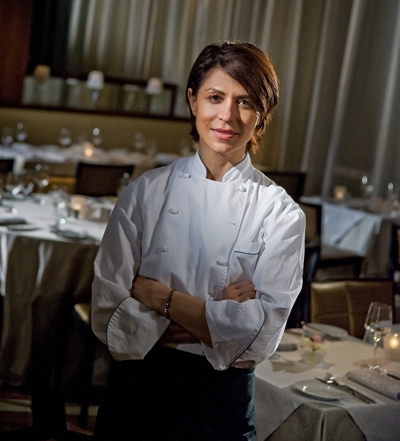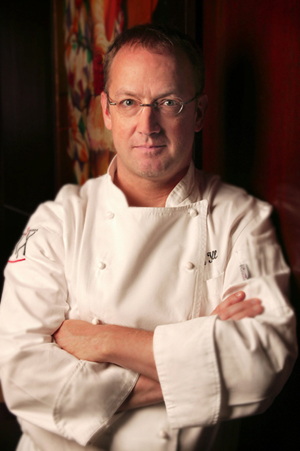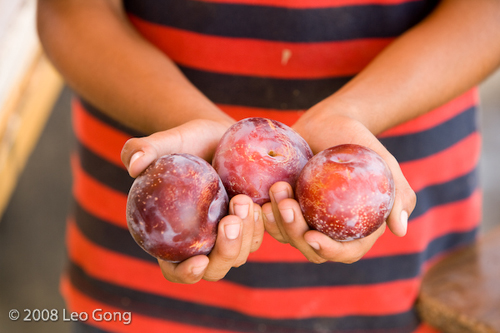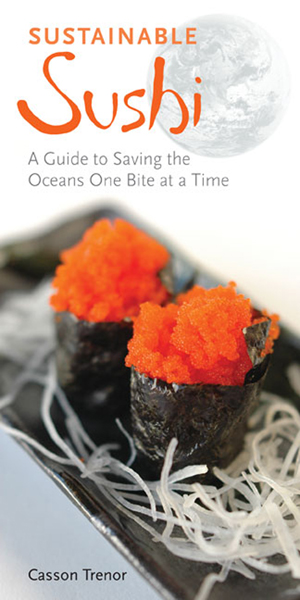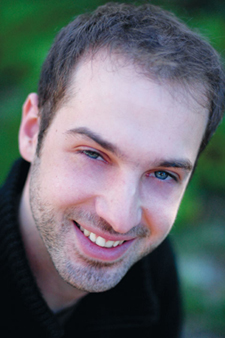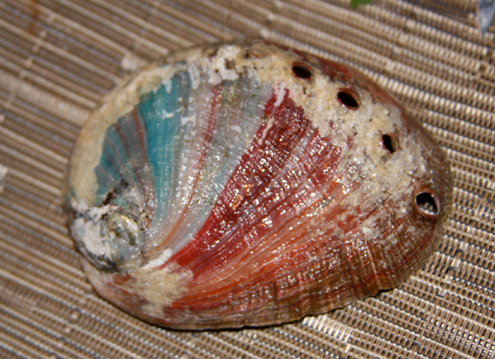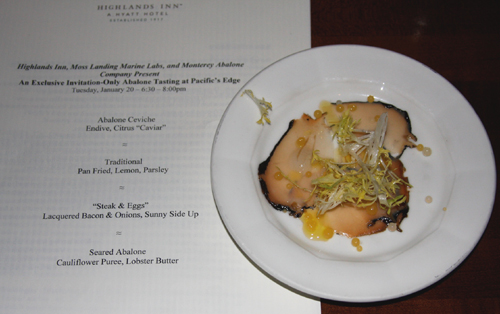Tasting Terroir In A Surprising Way
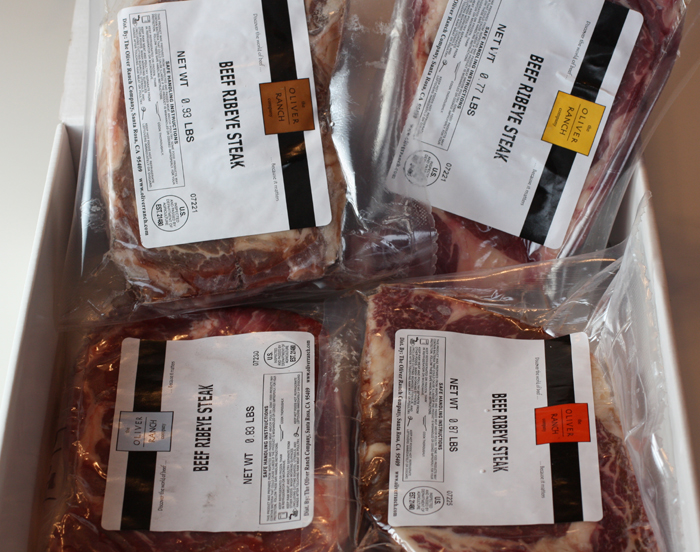
Its flavor was straightforward. Perhaps a little mushroomy. Maybe a little gamey. And as I swallowed, the finish lingered moderately so.
Nope, it wasn’t a glass of Pinot Noir that I was tasting blindly.
It was a rib-eye steak, of all things.
It was a steak-off in the comfort of my own home, where I tasted four different rib-eye steaks from four different ranches, without knowing which one was which. If you’re used to just chewing without giving it much thought, tasting meat in this way is an eye-opening, palate-awakening experience. When you concentrate on texture (or body), flavors, and finish, just as you do with wine, you pick up a spectrum of nuances you might otherwise miss.

Santa Rosa-based Oliver Ranch invites you to experience it for yourself. The company, which sources sustainably raised beef from across the country, has created a tasting pack of steaks, each from a different rancher. Choose from filet mignon, New York strip, top sirloin, or rib-eye packages. Prices start at $79.95.
Cook each steak the same way, then taste, jotting down notes with the handy tasting guide that comes with each kit. At the end, you can peek at the pamphlet to discover where the meat was raised, how it was aged, and what breed it is.
“It’s a way for people to enjoy the terroir and provenance of beef,” says Oliver Ranch founder, Carrie Oliver. “The breed, the growing area, the practices of the rancher and of the slaughterhouse — all those things can make a difference in taste and texture.”
Oliver created the kit in 2007, after noticing that when she tasted beef blindly with friends, they all had different opinions on what they liked best. The kits are now the most popular items the company sells.
“It’s not a hard sell,” she says. “I ask people, ‘You like wine tasting? How about trying a beef tasting then?’
“You should see their eyes light up. And it’s not just men.”

